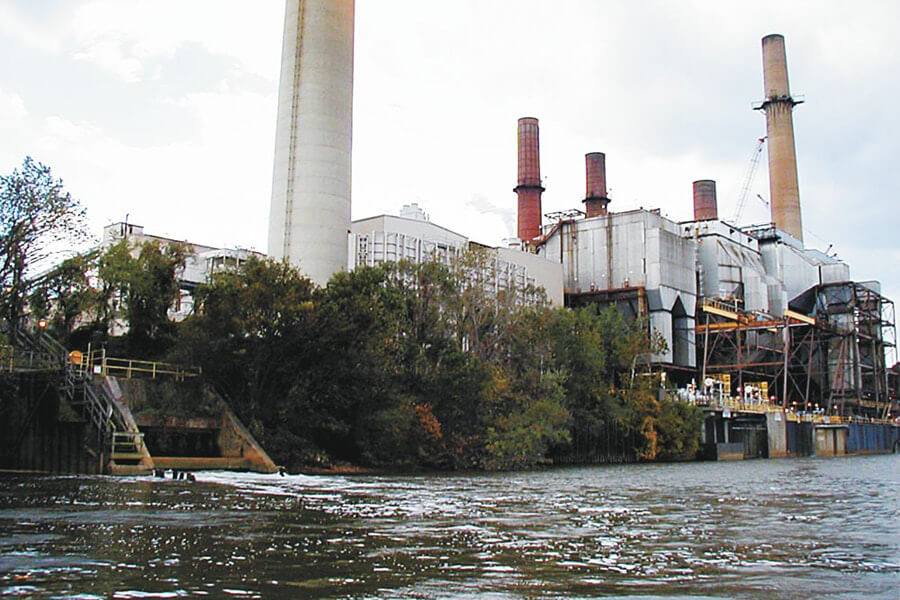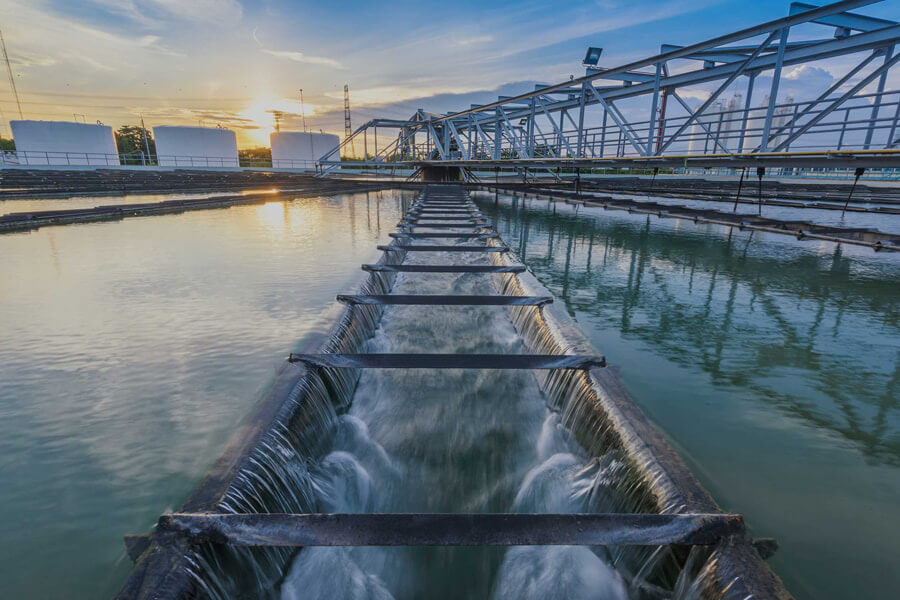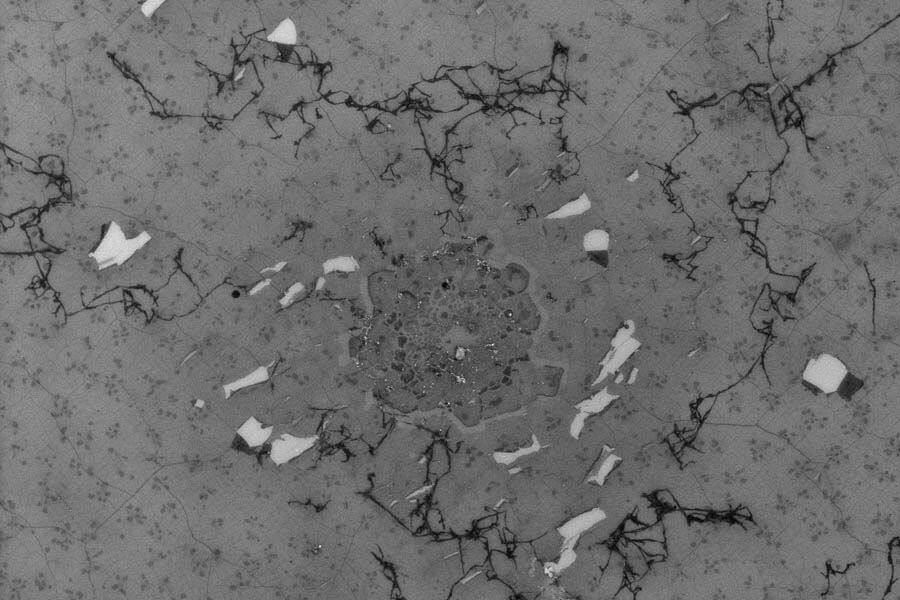Water makes up 75% of the Earth’s surface, so why is everyone concerned about finding enough adequate drinking water? The truth is, less than 1 % of the Earth’s water is fresh water that we can drink. This 1 % can become contaminated in a number of ways.

IMPURITIES IN THE HOME
Water can become contaminated right at home. Some older homes have lead pipes or
plumbing systems that use lead-based solder to join copper pipes. Both can allow lead to
leach into drinking water.

IMPURITIES BY INDUSTRY
Chemicals that are dumped onto or pumped into the ground can easily get into our water
supply. There are an estimated 181,000 industrial waste sites, 13,000 active and inactive
municipal landfills, and 100,000 ruptured underground gasoline storage tanks in the US
that leak substances into our water supplies. Agricultural pesticides and highway de-icing
are among other common practices that can also contaminate water.

IMPURITIES IN THE DISTRIBUTION SYSTEM
Water can become contaminated during its journey from the treatment plant to home.
Lead and asbestos cement pipes, prevalent in municipal water distribution systems, can
allow harmful substances to leach into the water. Even chlorine and chloramines used
to disinfect our water can react with naturally-occurring organic materials in water, like
decaying leaves, and create Trihalomethanes [THMs]. which are known to be carcinogenic to
lab animals and are suspected to be carcinogenic to humans.


Filtration Systems By Contaminants
3 Stage Water softener with Fleck 5810 XTR2 Upflow/Downflow Control Valve
Filtration Systems By Contaminants
3 Stage Water softener with Fleck 5810 SXT Upflow/Downflow Control Valve
Filtration Systems By Contaminants
3 Stage Water softener with Clack WS1 Control Valve
Residential Reverse Osmosis
AXEON Solo I 4-stage 50 GPD Compact Reverse Osmosis System
$429.00Original price was: $429.00.$389.00Current price is: $389.00.Residential Reverse Osmosis
Goldline Reverse Osmosis System